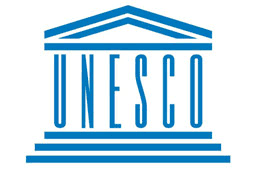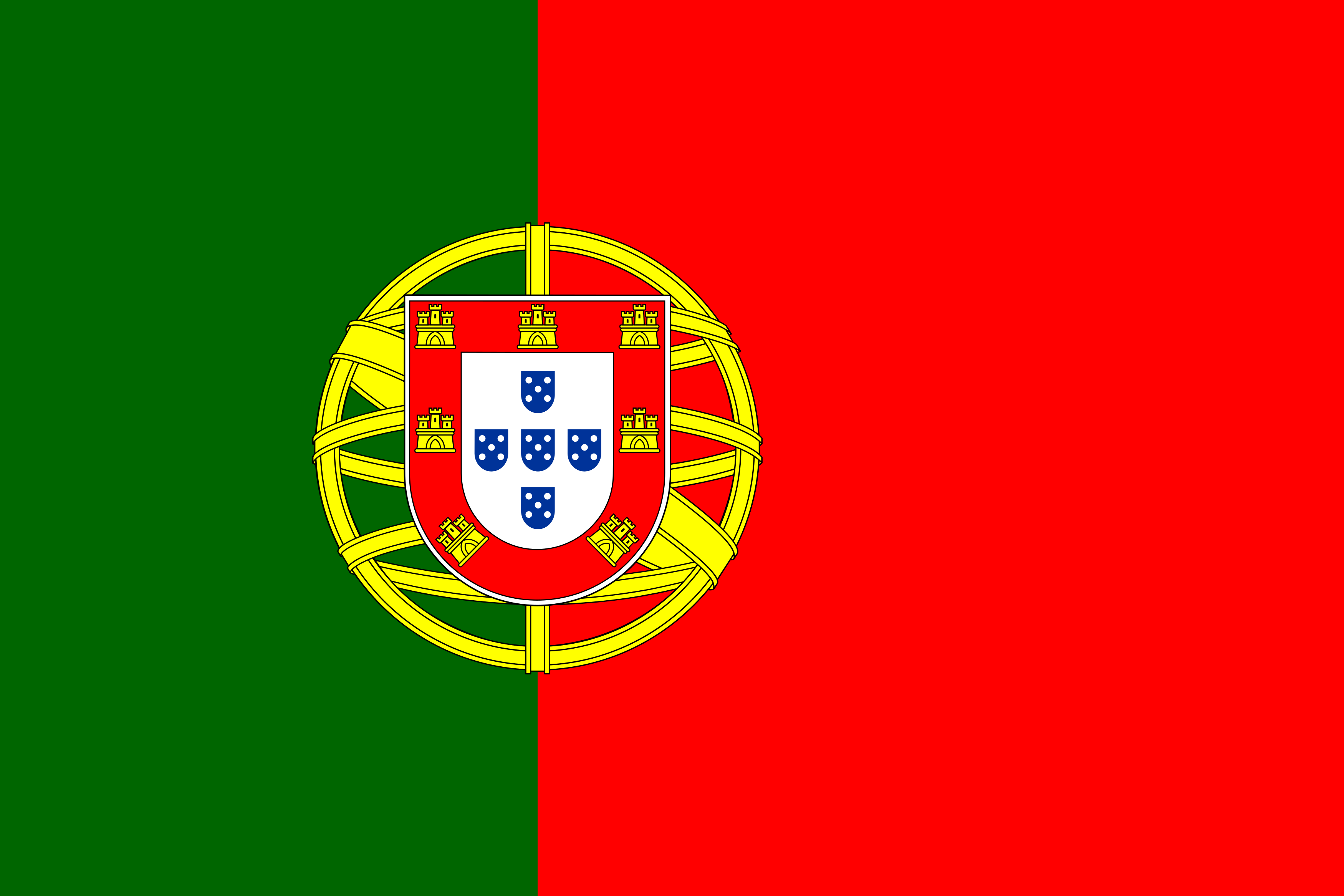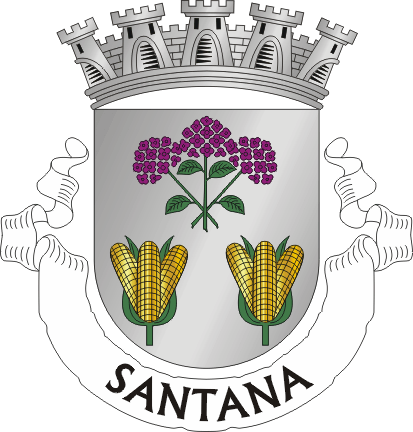The Biosphere Reserves are spaces recognized internationally by UNESCO , through the program the Man and the Biosphere - MAB which intends to reconcile the conservation of the natural and cultural diversity with the local social and economical development, promoting in this way a harmonious relation between man and nature. The attribution of the reward of World Biosphere Reserve constitutes the international recognition, not only of the local patrimonial riches, just as, of the activities and sectors, which in the constant form promote sustainable development.
The Biosphere Reserves try to integrate three main functions, the conservation of the biodiversity and of the cultural inheritance, the sustainable economical development from the environmental and sociocultural point of view and the logistic support for the investigation, monitor, environmental education and training. In this context, the Biosphere Reserves are considered:
- Spaces of excellency for the development of new models that allow one better management of the natural resources and the human activities;
- Instruments of support for the implementation of a sustainable development at a local level;
- Places of learning.
Considering the natural characteristics, natural values and plans of management of the diverse areas that integrate them, the Biosphere Reserves traditionally are organized in three zones:
- Core Area: it constitutes the main one and better preserved area of the ecosystem, being under several regimes of protection and where projects of research, monitoring and education are developed;
- Buffer Zone: Intermediate area that involves and protects the Core Area, therefore the activities developed in this area are duly regulated;
- Transition Zone: the most external area of the Reserve and where the community, the authorities and the scientific community cooperate in the management of the Reserve.














